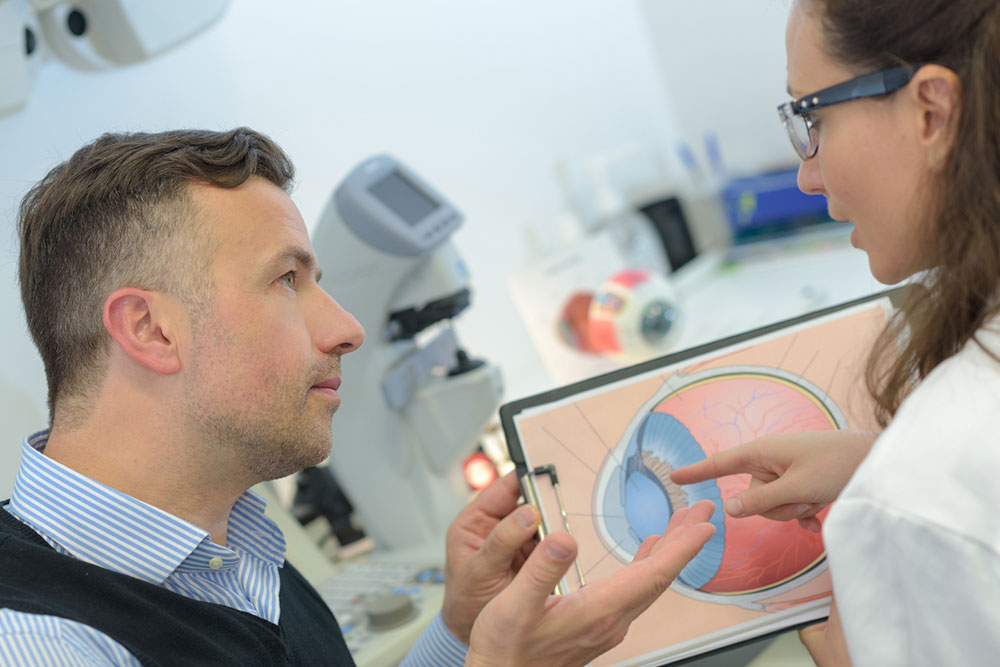9 common warning signs of prurigo nodularis

Prurigo nodularis is a chronic skin condition characterized by the development of raised nodules or bumpy papules on the skin’s surface. The nodules are often intensely itchy and can lead to significant discomfort and distress. While the disorder primarily affects the skin, it can also lower a person’s quality of life if ignored or not managed properly. This post explores the nine most common signs and symptoms of prurigo nodularis.
Nodules or papules
One of the more visible signs of prurigo nodularis is the development of small, raised bumps on the skin’s surface. These bumps emerge over six to eight weeks after the condition strikes. They vary in size, typically ranging from a few millimeters to over a centimeter in diameter. The bumps are often firm to the touch and may have a reddish, brownish, or normal skin color tint on the exterior. Note that the intensity of these pimples or blemishes will vary depending on how severe the underlying triggers are and how well patients manage chronic flare-ups.
Intense itching
Skin irritation and itching are among the most commonly reported signs of skin disorders. In prurigo nodularis, this symptom is persistent and distressing, commonly referred to as pruritis. Pruritis is mild at first but can become relentless and overwhelming, leading to a strong urge to scratch the affected areas continually.







